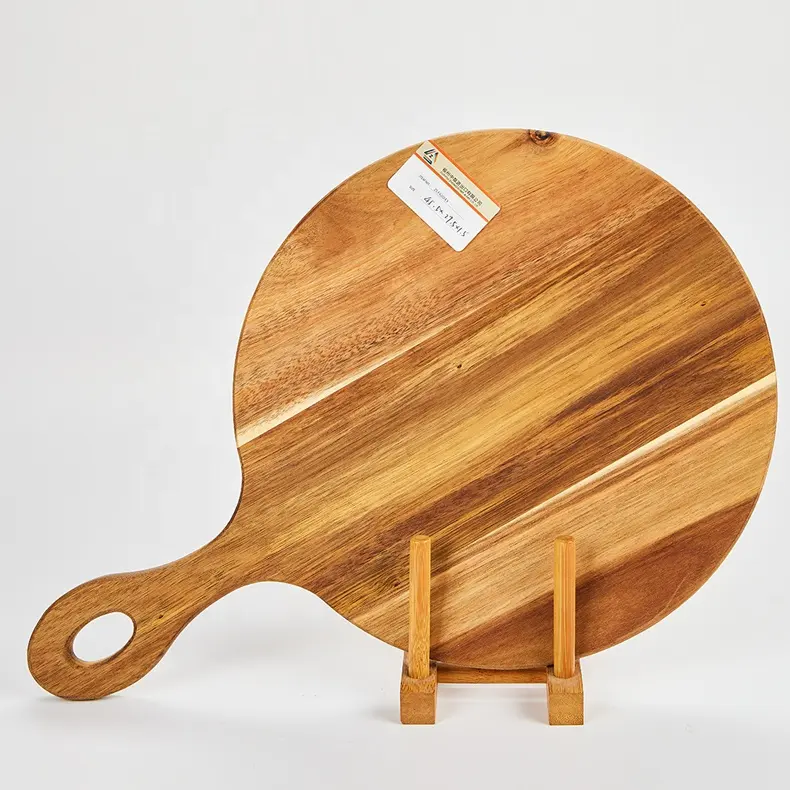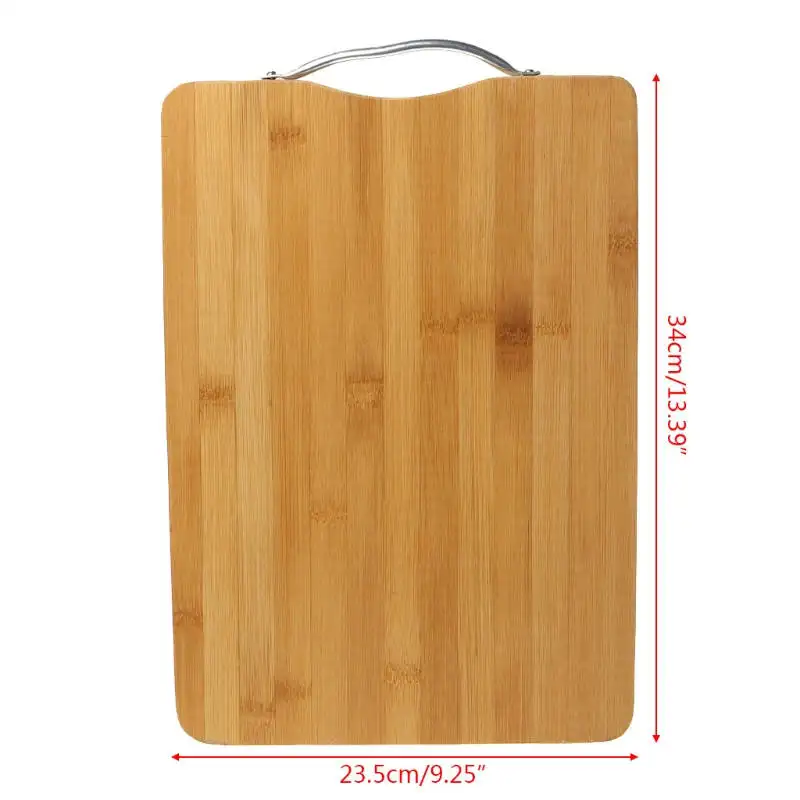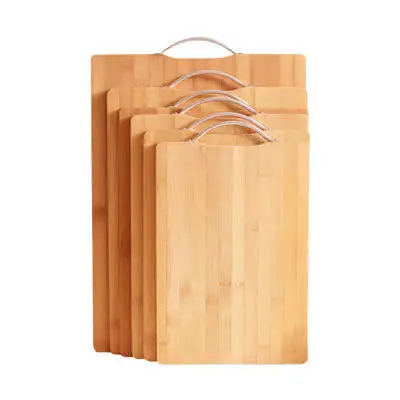The choice between wood and plastic cutting boards often depends on personal preferences and specific needs. While both materials have their merits, many people argue that wood cutting boards reign supreme for several reasons:
- Knife-Friendly Surface:
- Wood: The natural resilience of wood is gentle on knife blades, helping to maintain the sharpness of knives over time without causing excessive wear.
- Plastic: Hard plastic surfaces can be harsh on knives, leading to quicker dulling.
- Antibacterial Properties:
- Wood: Some types of wood, such as maple and walnut, have natural antibacterial properties that can inhibit the growth of bacteria.
- Plastic: While plastic cutting boards are non-porous and can be sanitized, they may develop grooves over time where bacteria can hide.
- Aesthetic Appeal:
- Wood: Wooden cutting boards add warmth and a natural aesthetic to the kitchen. They come in various wood types, each with its unique grain pattern and color.
- Plastic: Plastic cutting boards are available in different colors, but they may lack the warmth and visual appeal of natural wood.
- Durability:
- Wood: High-quality hardwoods like maple and walnut are durable and can withstand heavy use. They may show scratches over time, but these can be sanded out.
- Plastic: Plastic cutting boards are durable but may develop deep grooves and scratches that can harbor bacteria. Once these grooves form, it’s challenging to repair them.
- Environmental Considerations:
- Wood: Many wood types used for cutting boards, such as bamboo and acacia, are renewable and eco-friendly.
- Plastic: While some plastic cutting boards are made from recycled materials, they are not biodegradable, and their production can have environmental impacts.
- Maintenance:
- Wood: Wooden cutting boards require regular oiling to keep the wood nourished and prevent it from drying out. However, maintenance is relatively straightforward.
- Plastic: Plastic cutting boards are dishwasher safe and easy to clean, but they may degrade over time, especially with frequent dishwasher use.
- Heat Resistance:
- Wood: Wood has good heat resistance, allowing it to withstand hot pans or pots without damage.
- Plastic: Plastic cutting boards may warp or melt if exposed to high heat.
While wood cutting boards are favored by many for their aesthetic appeal, knife-friendly surface, and antibacterial properties, it’s important to note that proper care and maintenance play a significant role in their longevity and performance. Ultimately, the choice between wood and plastic cutting boards depends on individual preferences, priorities, and how the cutting board will be used and cared for.



